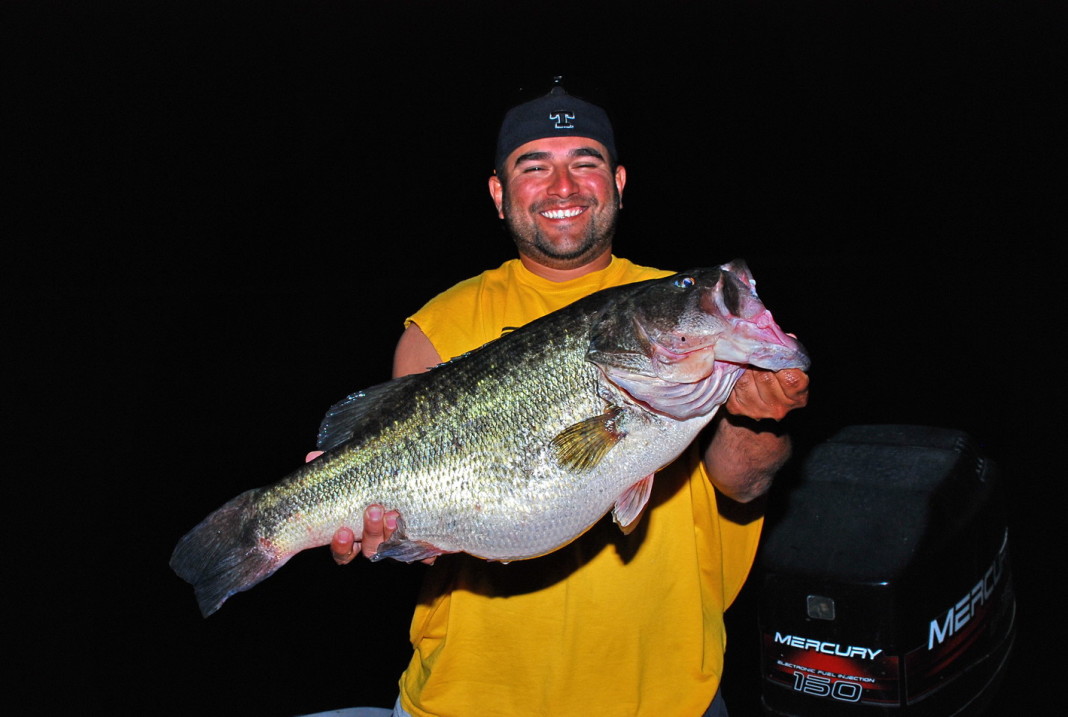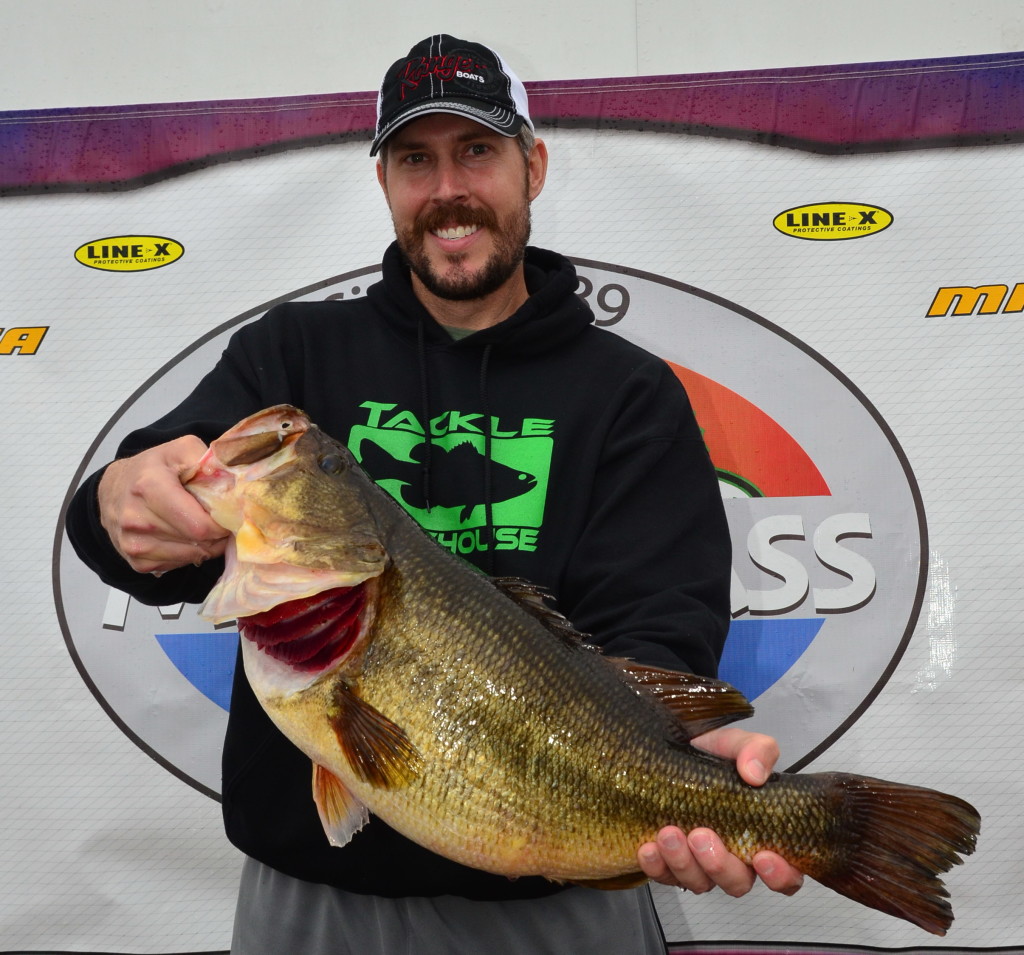I love inspecting pictures of big fish, especially lunker largemouth bass, those critters that reach double digits in weight and are rare prizes for even the most seasoned of anglers.
I also hate seeing those frames that capture the exact wrong way to hold a big bass. You’ve likely seen them, too, with all the hallmarks of the best intentions gone terribly wrong: a broad-grinned angler hoists up a 12- or 13-pound sow bass above shoulder level, pinching a death grip on its bucket mouth with thumb and forefinger, flexing its jaw in a way that’s far from natural and stressing it within an inch of its life.
It’s no wonder that some of the largest specimens of the most sought catch-and-release fishery simply expire due to the rigors of being winched from the depths below and the added stress that comes from human interaction.
In its natural environment the largemouth is king, with a big fish having no real threats – other than when it falls for the wrong ruse and meets up with mankind.
A number of 13-pound bass or larger destined for the ShareLunker program have died before making it to the Texas Freshwater Fisheries Center in Athens, mostly due to not properly being cared for due to any number of reasons that human interaction brings with it. Stashing a big fish in a small livewell is never a good idea for long periods, nor is continuing to move the creature from holding tank to tank.
The ShareLunker program, which runs Oct. 1 through April 30, accepts entries of pure Florida largemouths weighing 13 pounds or more and uses the fish to spawn and create more bass that are stocked into lakes across the state.
The biggest thing to remember with any catch is to stress the fish as little as possible — which usually means handling them as little as possible.
Here are tips for handling big bass, including when raising the fish for a snapshot:
- Wet your hands before touching the fish.
- Using your dominant hand, grip the fish with your thumb inside the mouth and your fingers locked on the outside of the mouth.
- Support the rear of the fish with your other hand placed beneath the fish just ahead of the tail.
- Lift the fish out of the water in a horizontal position using both hands for support.
- Do not hold the fish by the lower jaw in a vertical position. This can dislocate or break the jaw, essentially putting a death sentence on the bass.
- Handle the fish only when putting it into a livewell or holding tank. Do not keep the fish out of the water or keep removing it from the water for photographs.
- If you must handle the fish, try to do so out of the wind and keep it out of the water as little as possible. Wind can dry out the eyes and gills quickly, resulting in further damage.
Next time you have the opportunity to hoist a big bass for a photo, make sure you’re doing it the right way, and then promptly release it, so that you or another lucky angler has the chance to catch it again, and so that it has the ability to produce more fish for future generations to enjoy.
It’s going to be a great spring, filled with hefty largemouths across Texas. Just make sure your impromptu meeting is short and sweet with the biggest fish you may ever see.




















